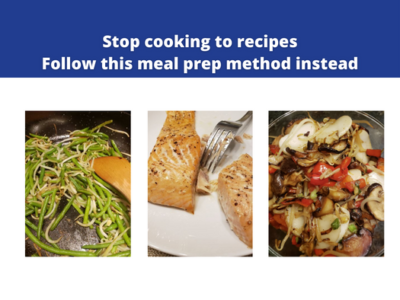So you just set up your budget. You added up your monthly spending over a year, divided it by 12. You are all set. You now know how much you can spend each month.
Then suddenly, you have a big bill coming up. Suddenly, in one month, your expenses spike, your bank account got drained, you are over-budget, what gives?
What just happened is actually very common. This is what happens when annual or unusual bills that are not accounted for correctly. There is a very effective way to plan for this. Some people call it smoothing. I call it the Plug and Save Method
Find the sneaky bills that happen less than once a month
These include, but are not limited to
- Annual memberships – Amazon Prime is charged once a year. Credit card annual fees are charged once a year.
- Life insurance premium payments
- Christmas presents
- Big birthday celebrations
- End of year Christmas and teacher gifts
- Real estate tax bills
- Quarterly tax bills
- Annual health check-ups and vet visits

My cat food and litter costs $50 per cat per month, but their annual check-up and vaccines cost nearly $200 per cat
Calculate how much these bills add to your budget
Here is a real life example adapted from the stories of several of my Save My Cents clients.
There is someone who spends several hundred dollars a year on a birthday party. Since we budget for birthdays under gifting, let’s say that the birthday party costs $300 to throw. So, $300 / 12 = $25 a month budget for her birthday party.
Let’s also say that this person spends another $20 a month on average buying birthday gifts for their friends.
So this person, call her Sally, has a $45 a month birthday budget. However, if Sally does not remember that $25 of that $45 a month is actually meant for her party, then she could easily spend $45 a month on gifts for her friends, and then when it comes time for her birthday, she has to dip into savings to cover $300.
If Sally does this every year, she over-spends every year by $300. That is $3,000 over 10 years. $9,000 over 30 years.
To stay within budget, Sally has to create a $25 a month plug to save
At the beginning of the month when Sally opens up her money diary or YNAB, she needs to create a “birthday” plug of $25, where she tells her budget she has spent $25, even though her birthday has not happened that month. This way, she can see that she only has $20 left that month to spend on her friends, and saves $25 that month towards her birthday.
Alternatively, Sally could create a savings item called “birthday party” of $25, and move $25 a month towards her birthday party to a savings account.
Over time, once Sally has gotten the hang of this, she can tell herself that she only has $20 a month to spend on gifts, and not be tempted to spend the additional $25 she should be saving.
After a year, Sally will have saved up $300, she can spend that $300 on her party, and not go over budget. Both of these above methods work.
Move to month-to-month billing if it does not cost you any money
For all the items for which you have to pay once a year, are any of them willing to let you pay month to month? Oftentimes, understandably, companies will charge more for you to pay 12 times a year, instead of once a year, but sometimes, they will not. The key is to make your payments more frequent, so that you are aware that this item is taking money away from your budget, and that you adequately plan for it.




